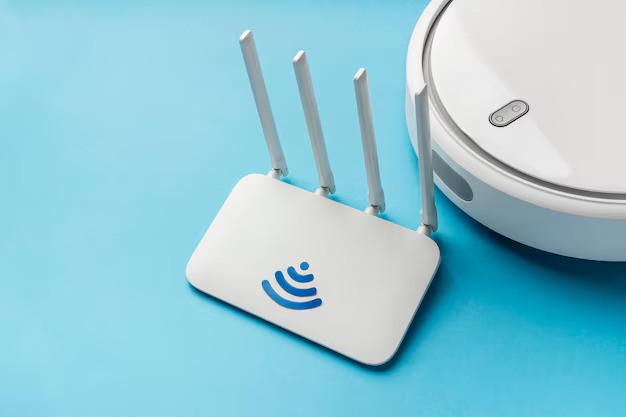A reliable wireless network is essential for businesses and homes that depend on seamless connectivity. Wireless Access Points (WAPs) play a critical role in expanding network coverage, improving performance, and supporting multiple devices simultaneously. Choosing the right WAP involves evaluating several key features that impact network efficiency and security. Below are the top 10 features to consider when selecting a Wireless Access Point.
1. Dual-Band or Tri-Band Support
Wireless Access Points should offer dual-band (2.4GHz and 5GHz) or tri-band functionality to optimize performance. The 2.4GHz band supports longer range but lower speeds, while the 5GHz band provides faster speeds with reduced interference. A tri-band WAP includes an additional 5GHz band, which enhances network efficiency by balancing device connections.
2. Wi-Fi Standard Compatibility
The latest Wi-Fi standard, Wi-Fi 6 (802.11ax), delivers improved speed, capacity, and efficiency compared to previous versions. It enhances performance in high-density environments and provides better power management for connected devices. Investing in a WAP with Wi-Fi 6 ensures future-proofing and optimal network performance.
3. MU-MIMO Technology
Multi-User, Multiple Input, Multiple Output (MU-MIMO) technology enables a WAP to communicate with multiple devices simultaneously instead of sequentially. This reduces latency and enhances overall network performance, making it ideal for businesses with high bandwidth demands.
4. PoE (Power over Ethernet) Support
Power over Ethernet simplifies installation by delivering both power and data over a single Ethernet cable. This feature eliminates the need for separate power sources, making deployment more flexible and cost-effective, particularly in large spaces or outdoor installations.
5. Seamless Roaming and Mesh Networking
A WAP with seamless roaming ensures uninterrupted connectivity as users move across different coverage zones. Mesh networking technology allows multiple access points to work together, automatically routing traffic for the best possible connection without manual intervention.
6. Advanced Security Features
Network security is crucial in preventing unauthorized access and cyber threats. Look for WAPs that support WPA3 encryption, secure guest networks, and access control policies. Additional security measures such as VLAN support and intrusion detection further safeguard data transmissions.
7. High Device Capacity
With the increasing number of smart devices, a WAP must handle multiple simultaneous connections without compromising speed. Business-grade Wireless Access Points support hundreds of devices and ensure stable connections, reducing congestion and improving overall network efficiency.
8. Cloud-Based or Remote Management
Cloud-managed WAPs allow administrators to configure, monitor, and troubleshoot networks remotely. This feature is particularly useful for businesses managing multiple locations, enabling real-time adjustments and performance optimization from a centralized dashboard.
9. Quality of Service (QoS) Support
Quality of Service prioritizes bandwidth allocation for critical applications such as video conferencing, VoIP, and cloud computing. A WAP with QoS capabilities ensures a smoother experience by managing network traffic based on application needs.
10. Scalability and Expandability
Whether for a growing business or a home network, scalability is a key factor. A Wireless Access Point should integrate seamlessly with additional units as demand increases. Mesh networking and centralized management further facilitate easy expansion without disrupting existing network infrastructure.
Conclusion
Selecting the right Wireless Access Point involves more than just speed—it requires a balance of security, efficiency, and future-proofing. Investing in a feature-rich WAP ensures smooth connectivity and a reliable network for business operations and smart home environments.






